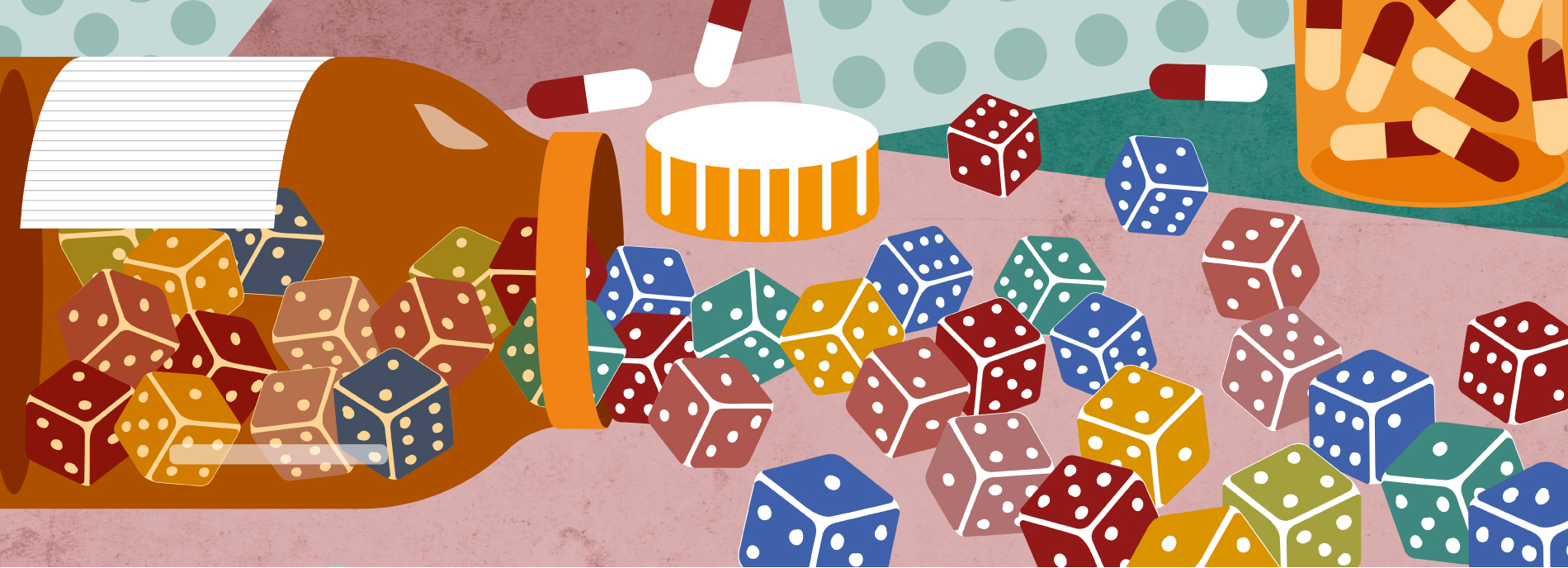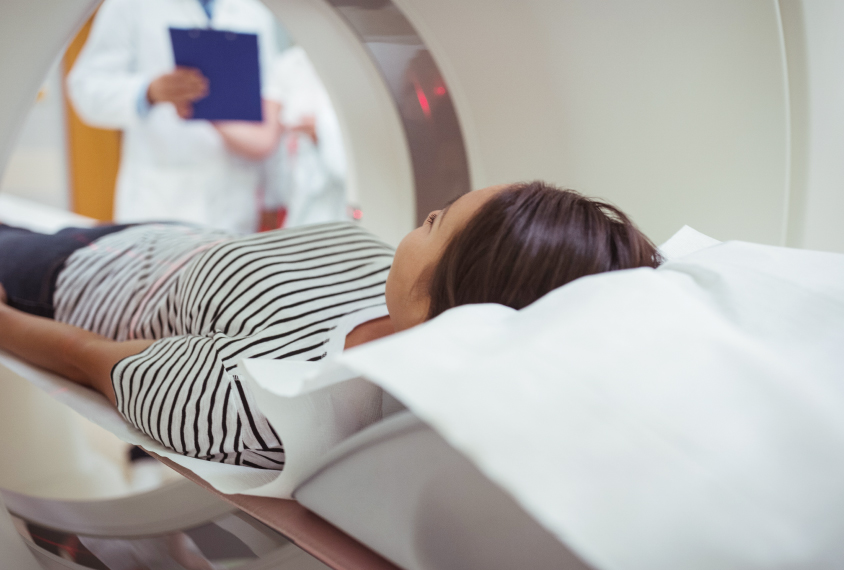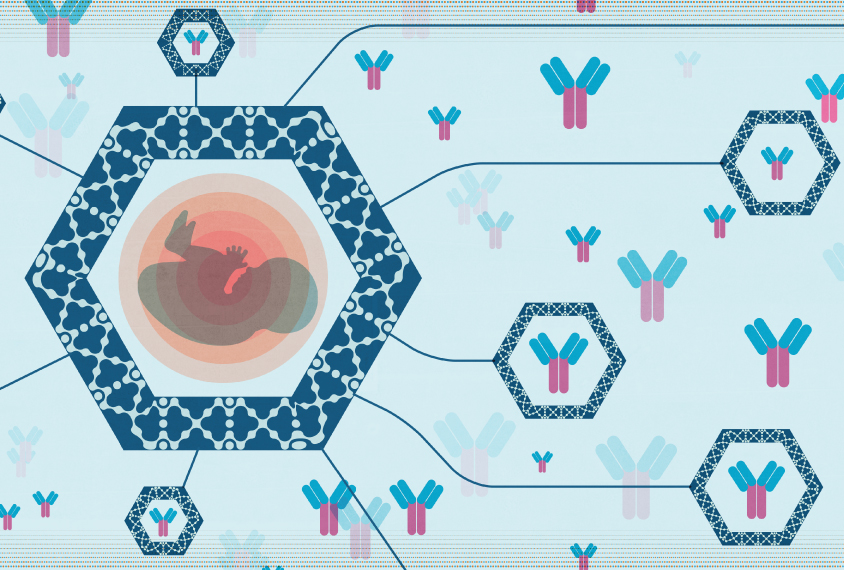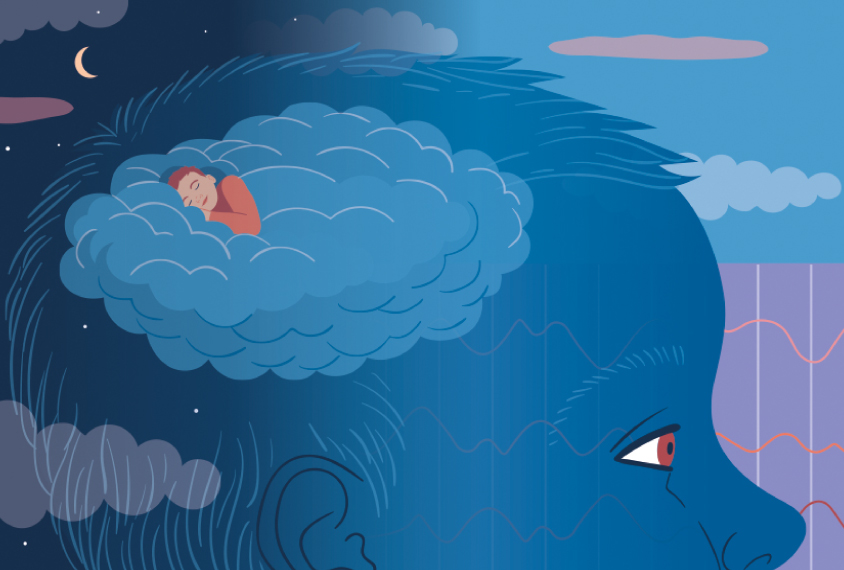Hannah Furfaro was a news writer at Spectrum from 2017 to 2019. Before that, Hannah was an investigative reporting fellow at Columbia University. She previously worked at The Wall Street Journal, The Fresno Bee and the Associated Press. Her work has also appeared in The Guardian and Audubon Magazine.

Hannah Furfaro
From this contributor
How aripiprazole’s promise for treating autism fell short
Aripiprazole, marketed as Abilify, is widely thought to be safer than risperidone, the only other drug approved for use in autistic children. A decade’s worth of data suggests that is not true.

How aripiprazole’s promise for treating autism fell short
Sleep problems in autism, explained
Many people with autism have difficulty falling and staying asleep, but there may be ways to help them.
Autistic girls’ brains show distinct anatomical features
Nerve fiber tracts in the brains of autistic girls appear more fragmented than those of typical girls’. Autistic boys’ brains, meanwhile, look like those of typical boys.

Autistic girls’ brains show distinct anatomical features
Beyond the bench: A conversation with Annie Ciernia
Annie Ciernia describes the greenhouse origins of her scientific career and why a unicorn makes a good lab mascot.

Beyond the bench: A conversation with Annie Ciernia
Small sponge may sop up maternal antibody tied to autism
Researchers have created a microscopic particle that traps immune molecules found in a woman that are linked to autism in her child.

Small sponge may sop up maternal antibody tied to autism
Explore more from The Transmitter
Snoozing dragons stir up ancient evidence of sleep’s dual nature
Deep-sleep cycling between brain waves of higher and lower amplitude dates far back on the evolutionary tree, according to a new comparative study of mammals and reptiles.
Snoozing dragons stir up ancient evidence of sleep’s dual nature
Deep-sleep cycling between brain waves of higher and lower amplitude dates far back on the evolutionary tree, according to a new comparative study of mammals and reptiles.
The Transmitter’s most-read neuroscience book excerpts of 2025
Books by Nachum Ulanovsky, Nicole Rust, and Andrew Iwaniuk and Georg Striedter made the list of some of the year's most engaging neuroscience titles.

The Transmitter’s most-read neuroscience book excerpts of 2025
Books by Nachum Ulanovsky, Nicole Rust, and Andrew Iwaniuk and Georg Striedter made the list of some of the year's most engaging neuroscience titles.
Neuroscience’s leaders, legacies and rising stars of 2025
Here are seven stories from the past year about some of the field’s most engaging figures.

Neuroscience’s leaders, legacies and rising stars of 2025
Here are seven stories from the past year about some of the field’s most engaging figures.
